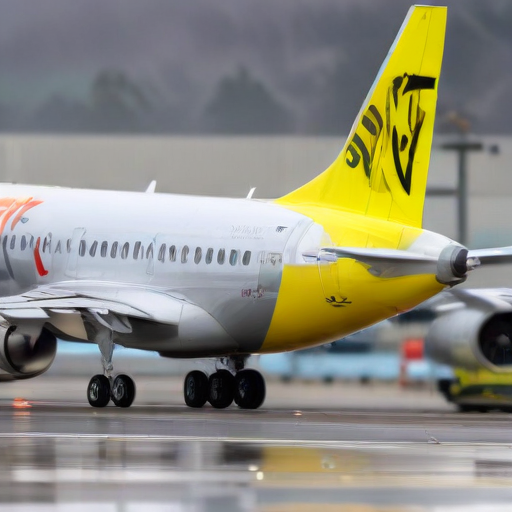Spirit Airlines has filed for Chapter 11 bankruptcy protection, sparking concerns among its loyal customers as the airline navigates severe financial difficulties. According to a recent court filing, Spirit reported estimated assets and liabilities between $1 billion to $10 billion.
The budget airline’s struggles have intensified due to multiple factors, including ongoing quarterly losses, a failed $3.8 billion merger with JetBlue Airways, and technical issues tied to Pratt & Whitney’s Geared Turbofan engines, which have grounded many of its Airbus A320s. Since Spirit operates exclusively within the A320 family, it has faced particular challenges.
Despite the bankruptcy filing, airline officials reassure customers that flight operations will continue as normal throughout the bankruptcy proceedings. Passengers can still book and fly without interruption in the short term. Existing travelers are encouraged to stay informed about their itineraries, as notifications regarding any potential changes will come directly from the airline.
As part of the prearranged bankruptcy plan, Spirit reached an agreement with its bondholders to reduce overall debt. This includes a $350 million equity investment and $300 million in debtor-in-possession financing, which will help sustain the airline throughout the Chapter 11 phase. However, the airline anticipates being delisted from the New York Stock Exchange.
For frequent flyers, although typical practices imply that loyalty points are not transferrable, industry experts believe these programs often remain intact through bankruptcies. The potential for Spirit to merge with another airline is also a topic of speculation, especially in light of changing regulatory environments that could favor mergers more than in previous years.
As for Spirit’s fleet, their leased planes will generally remain with the lessors, who can either re-lease them to Spirit or another airline. The airline may choose to sell owned aircraft to raise funds, but decisions will be made based on their potential to generate income.
Overall, while Spirit Airlines faces significant obstacles, there is a glimmer of hope for the future. If it can effectively restructure and manage its debts, the airline might emerge stronger, potentially even merging with another carrier to regain stability. Travelers can maintain their travel plans and loyalty in the immediate future, and regulatory changes could create opportunities for the airline to innovate and evolve.
In summary, Spirit Airlines’ bankruptcy is a challenging moment, but the steps being taken could ultimately lead to a more resilient company in the long run.
